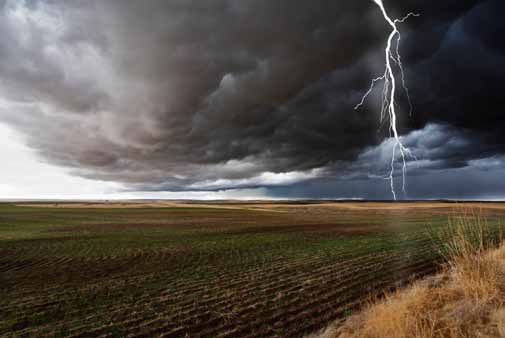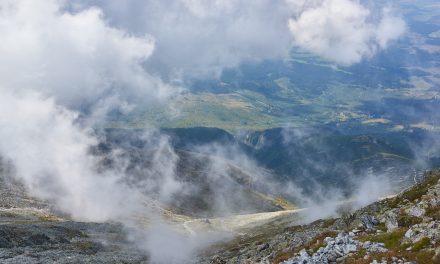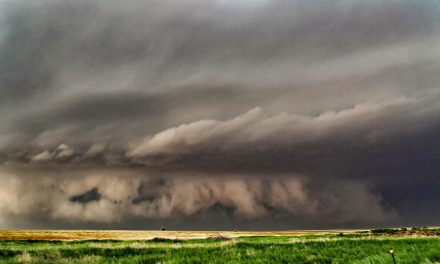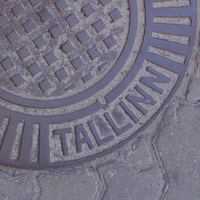 Flood grouting reduces wet weather sanitary sewer overflows
Flood grouting reduces wet weather sanitary sewer overflows
According to a Water Environment Research Foundation (WERF) report released in February, flood grouting is a cost-effective solution that can reduce infiltration into sanitary sewers. In Seattle’s Broadview neighborhood, stormwater and groundwater were infiltrating defects in the sanitary sewer that had accumulated over time, causing wet weather sanitary sewer overflows.
A pilot project revealed that flood grouting, a nonstructural solution, would be the most cost-effective option, compared to joint grouting, pipe bursting, and cured-in-place pipe lining. Seattle Public Utilities sealed approximately 56% of the pilot sewer basin. Long-term simulations showed that storm event volumes coming from the pilot basin were reduced by 66%. The average cost per meter of sewer sealed was $253/m ($77/ft). The full report is available at no charge on WERF’s website
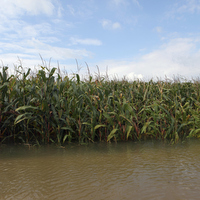 Tools for nutrient modeling
Tools for nutrient modeling
WERF also released the Nutrient Impact Modeling Toolbox in early April. The toolbox comes with case studies and decision support tools. It serves as a starting point to help users determine site-specific water quality criteria through modeling. The toolbox enables users to understand relative contributions from multiple sources and to “quantitatively link nutrient loads to water quality and ecological response indicators on a site-specific basis.” The toolbox puts 30 nutrient models at users’ fingertips and guides them through the process of selecting which model(s) to use. The models can help users consider targets for best management practices (BMP), along with data for nutrient trading. The ultimate goal is that the toolbox will be used to inform regulatory decision-making.
WERF also developed a series of fact sheets on resources for reducing sediment and nutrient pollution in watersheds. Resources covered include the International Stormwater BMP Database as well as cost tools for BMPs and Low Impact Development.
 Project covers bioassessment in urban streams
Project covers bioassessment in urban streams
If interested in biological indicators, also check out Bioassessment: A Tool for Managing Aquatic Life Uses for Urban Streams. The final product includes a research digest, a flow time-series estimator model, and a literature database covering how to develop alternative biological benchmarks for aquatic life in urban catchments, specifically. Read more stories on biological indicators.
Read more about these WERF projects and others in the Spring 2013 issue of WERF’s Progress newsletter.

